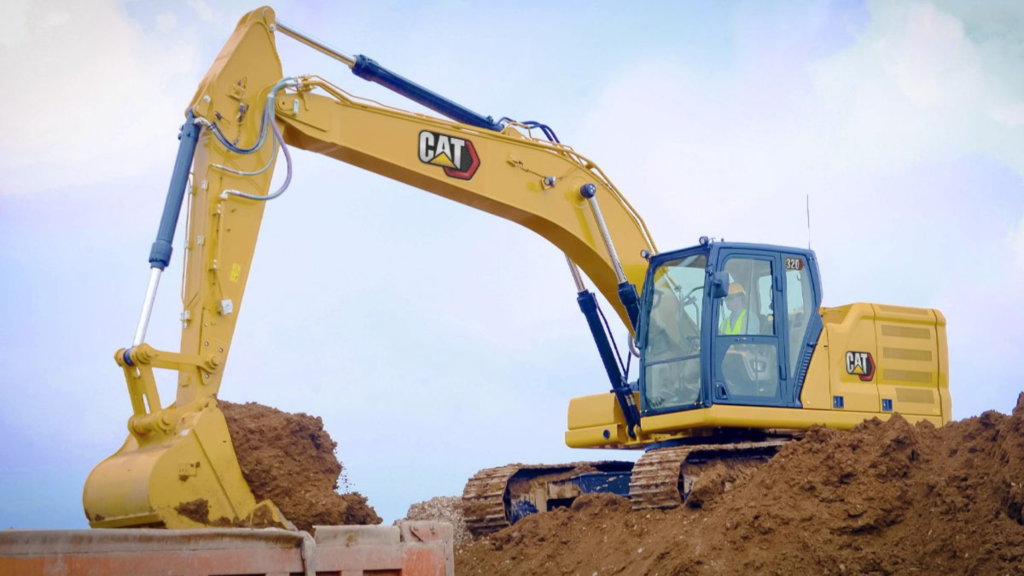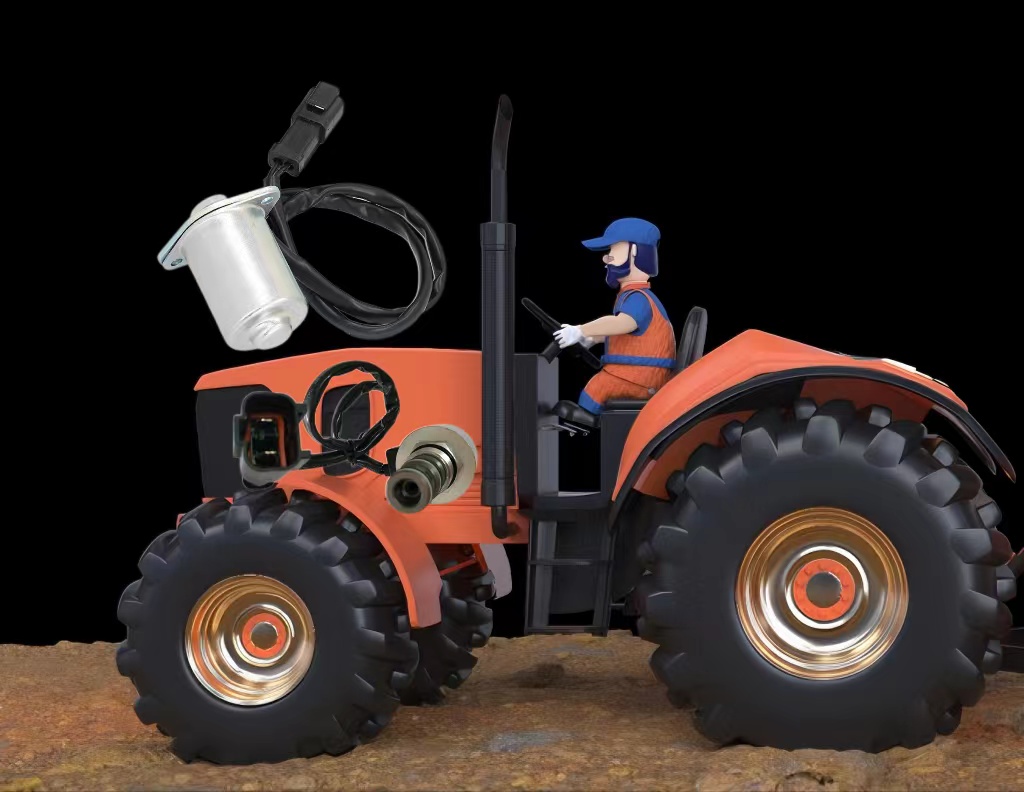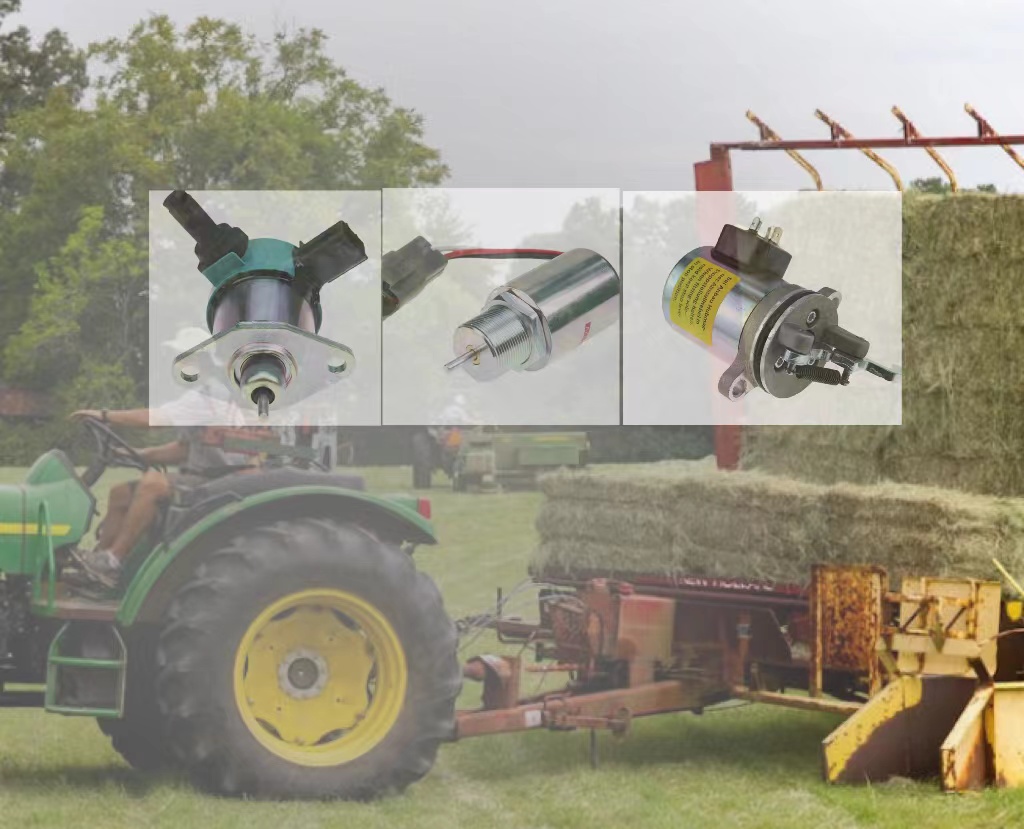The Cat 320 Excavator is a powerful machine used in the construction industry, and selecting the right parts is crucial for optimal performance and efficiency. With so many components available in the market, choosing the right parts can be a daunting task. Here is a comprehensive guide to help you choose the right parts for your Cat 320 Excavator.

- Water Tank Radiator 10380412000: The water tank radiator plays a vital role in keeping the engine cool by circulating coolant throughout the system. The material of the radiator should be made of high-quality aluminum to resist corrosion and provide better heat transfer efficiency. When selecting a water tank radiator, choose one that is compatible with your Cat 320 excavator’s make and model.
- Hose 210-8107 CA2108107, 210-8107, 2108107 : The hose is a critical component of the hydraulic system that connects the hydraulic pump to the cylinders. Hydraulic hoses play a vital role in the excavator’s hydraulic system, transmitting fluid from the pump to the actuators. When choosing these hoses, consider factors such as compatibility, pressure rating, and size. Opt for high-quality hoses that are compatible with your excavator model and have higher pressure ratings to minimize the risk of leaks and ruptures.
- Blower Motor 162500-7191, 162500-7191, 1625007191, CA1625007191 :The blower motor is responsible for providing fresh air to the cabin and engine. When selecting the blower motor, consider the material, noise level, and voltage compatibility. Opt for high-quality metallic blower motors that have low noise levels, are energy efficient, and compatible with your excavator’s voltage.
- Oil cooler 137-5793: The oil cooler has the critical function of cooling the hydraulic oil that is used in the excavator’s hydraulic system. The material of the oil cooler should be made of heavy-duty aluminum for increased heat transfer efficiency and durability. When selecting an oil cooler for your Cat 320 excavator, consider the size and capacity required based on your project’s demands.
- Hydraulic Filter 179-9806: Hydraulic filters play a crucial role in preventing dirt, debris, and metal particles from causing damage to the hydraulic system. While selecting the hydraulic filter, one should consider its micron rating, compatibility with the excavator model, and certification from reliable organizations. Choose hydraulic filters that have a lower micron rating, are compatible with your excavator, and have certification from reputable agencies for maximum performance and longevity.
- Throttle Motor CA7Y-3914, 7Y-3914, 7Y3914, CA106-0092, 106-0092, 1060092, CA7Y-3913, 7Y-3913, 7Y3913: The engine’s RPM, which regulates the excavator’s speed and power, can be controlled using the throttle motor. When choosing a throttle motor, it’s essential to consider compatibility with the excavator model, voltage, and power output. To ensure better performance, go for high-quality throttle motors that function smoothly with your excavator model and offer high voltage and output.
-
Throttle Positioner Sensor 227-7658, 2277658, CA2277658: The throttle position sensor measures the position of the excavator’s throttle to regulate the engine’s RPM. When selecting the throttle position sensor, consider the compatibility, accuracy, and durability. Opt for high-quality sensors made of high-grade materials that are compatible with your excavator model and have better accuracy and longer lifespan.
- Radiator 7Y-1961, 7Y1961, CA7Y-1961: Radiators are responsible for regulating the engine’s temperature and are a vital component in the excavator’s cooling system. When selecting the radiator, consider the material, size, and compatibility. Opt for high-quality radiators made of aluminum that are compatible with your excavator model and have a proper size suitable for your specific needs.







Leave A Comment